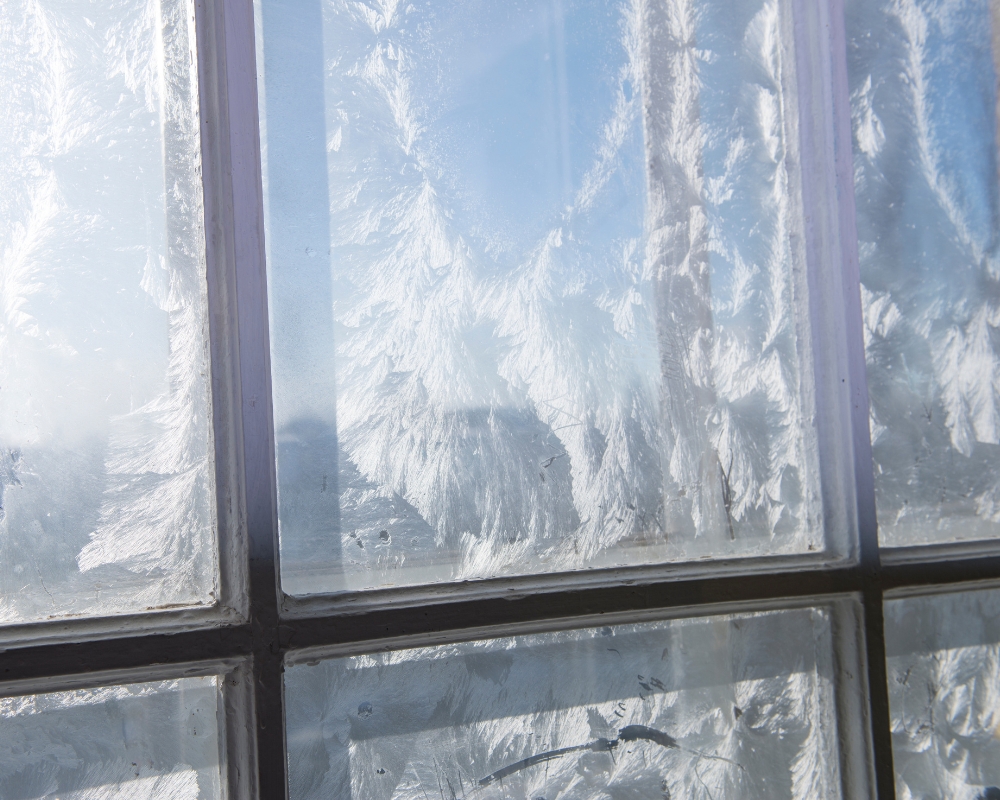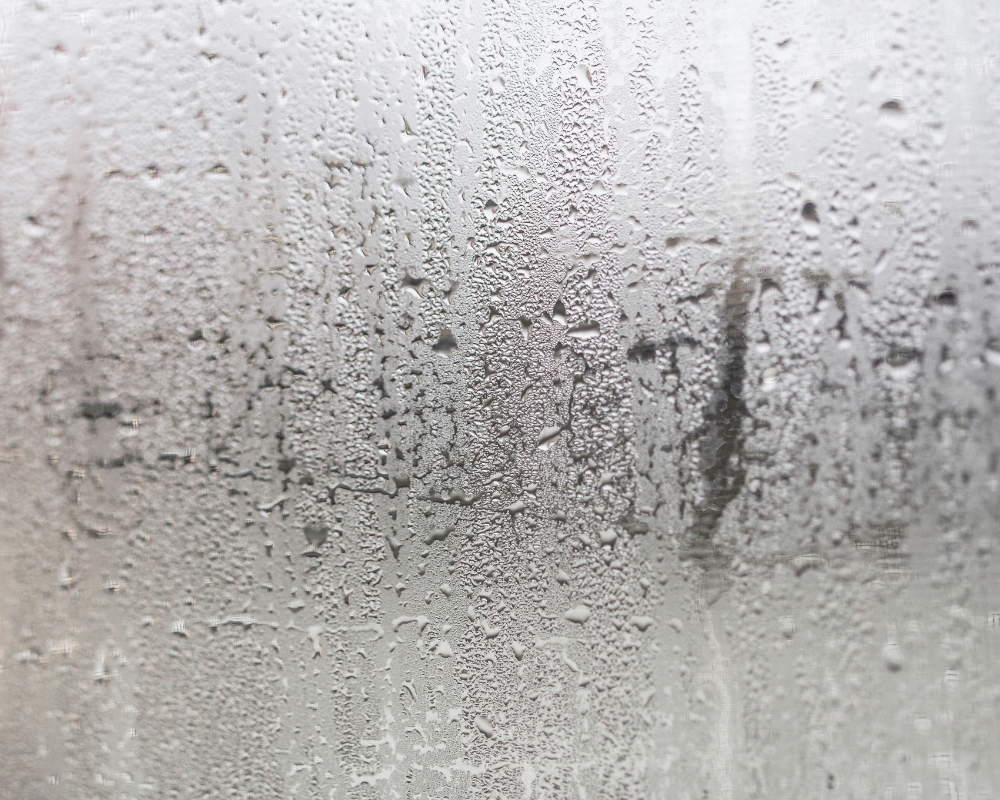Here in San Antonio, we only get a few truly cold days each year. But when that north wind blows, it doesn’t take long to notice if your windows are leaking. Suddenly that one drafty window you ignored all summer makes your whole living room feel chilly. Not only does it make your home less comfortable, but it also means your energy bills are higher than they should be.

If you’ve ever felt a chill near your windows and wondered if it’s time to replace them, here are five clear signs your windows may be letting cold air inside.
Want quick answers? Skip down to our FAQ section for common questions about drafty windows and cold air.
1. You Feel a Draft Near the Window
The most obvious sign is also the easiest to test. Stand near your window on a cold day. Do you feel a chill, even when it’s closed? If yes, that means air is moving where it shouldn’t be. Drafts often come from worn-out seals, poor installation, or frames that have warped over time.
Quick Test (Winter): Hold a candle or lighter near the edges of your window frame. If the flame flickers, air is sneaking in.
Quick Test (Summer): On the hottest days, touch the frame. Is it hot to the touch or does heat seem to radiate through the glass into the room? Even though you might think that’s normal in Texas, it’s not. It’s another sign your windows are underperforming.
2. Condensation Between the Glass Panes

Modern windows are designed with multiple panes of glass and insulating gas between them. If you notice condensation, fog, or frost building up between the panes, it usually means the seal has failed. Once that insulating barrier is broken, your windows lose much of their ability to keep cold air out.
3. Rising Energy Bills
Have your heating costs crept up even though your habits haven’t changed? Leaky windows could be the culprit. When cold air gets in, your heating system has to work overtime to keep your home comfortable. Replacing inefficient windows can reduce your energy bills significantly over time.
4. Difficulty Closing or Locking Your Windows
This one might not be something you normally think about when it comes to cold weather. If your windows do not close tightly or the lock does not catch, it means the seal is not working the way it should. Even a small gap is an open door for cold air in the winter and hot air in the summer. Warped frames, worn-out hardware, or years of use can all lead to this issue. Those small gaps may seem harmless, but when the temperature drops, they turn into cold drafts you can’t ignore.
5. Visible Light or Gaps Around the Frame
Take a close look around your window frames. Do you see daylight peeking through where the frame meets the wall? Even tiny gaps let cold air in. Caulking or weatherstripping can be a temporary fix, but if gaps are widespread, it’s a strong sign your windows need replacing.
The Bottom Line
Here in San Antonio, most of the year you are fighting the heat. But when a cold snap rolls through, your windows get put to the test in a different way. If they can’t keep out the chill, chances are they’re also costing you money in the summer by leaking cool air.
Drafty windows don’t just make your home less comfortable; they also cost you money every month in wasted energy. If you’ve noticed one or more of these signs, it may be time to explore replacement options.
At Southwest Exteriors, we install premium vinyl and fiberglass windows designed to handle Texas heat and the chilly winter nights that are coming. Schedule a free, no-pressure consultation today, and we’ll help you figure out whether repair or replacement is the best move for your home.
.2508041318431.jpg)

